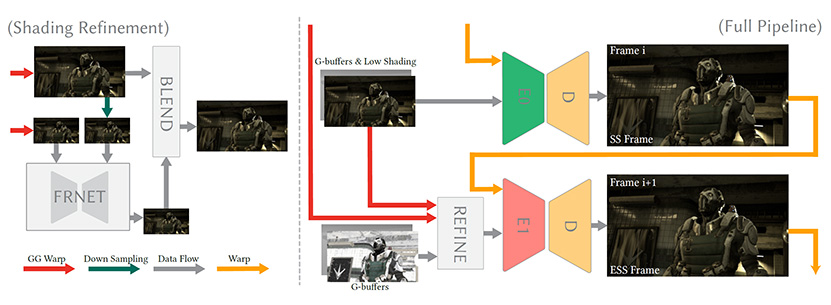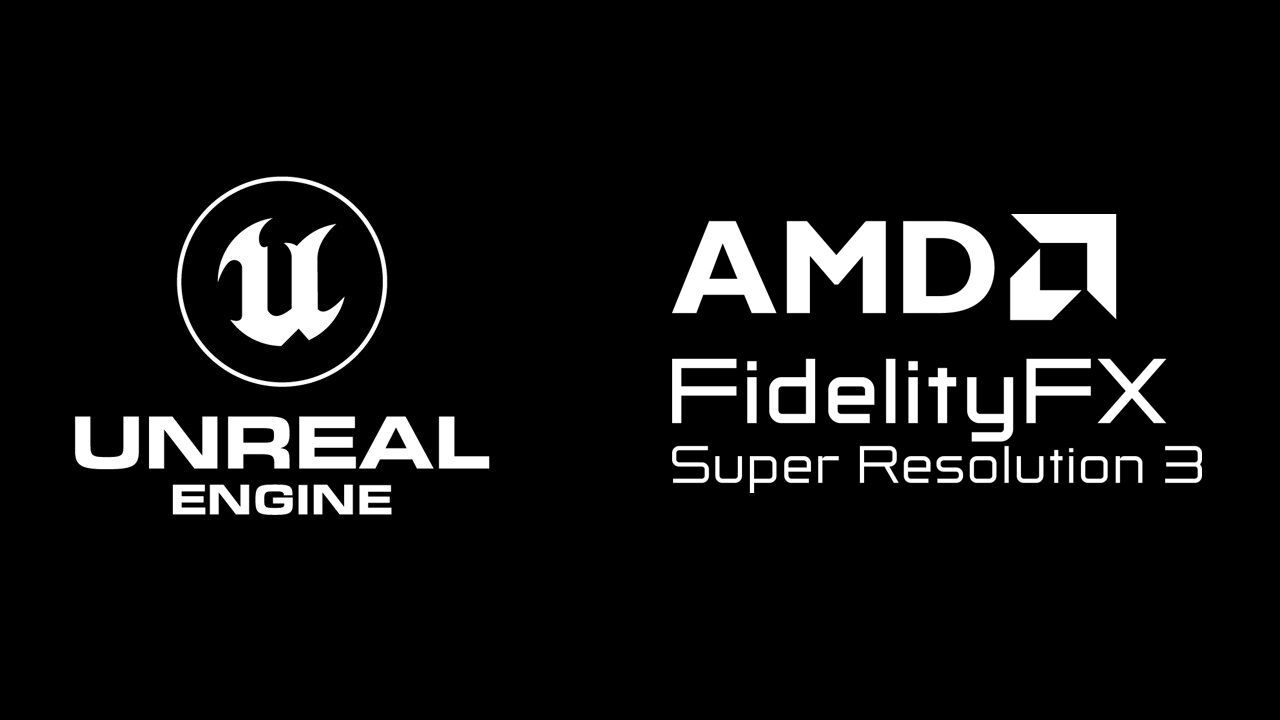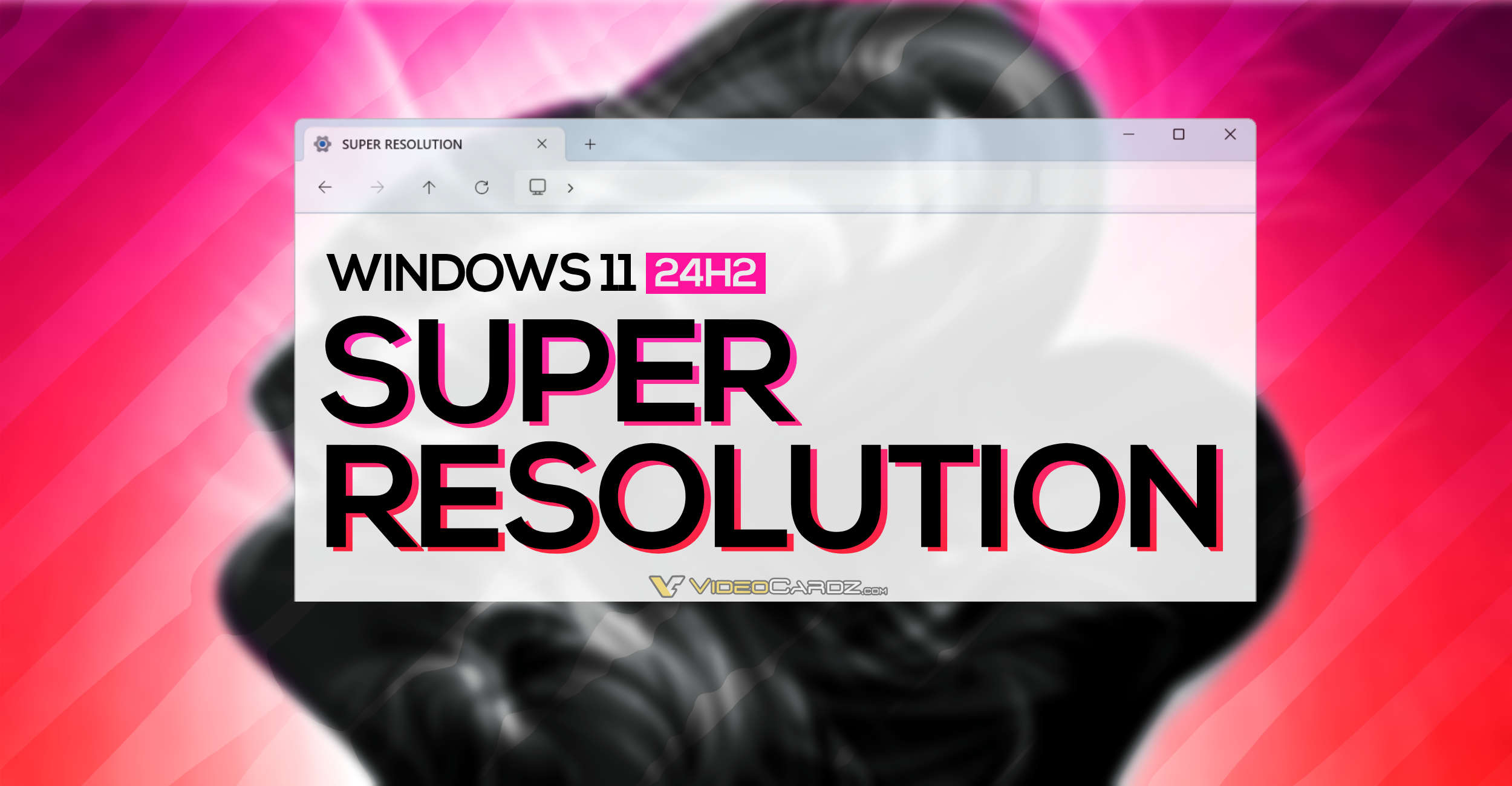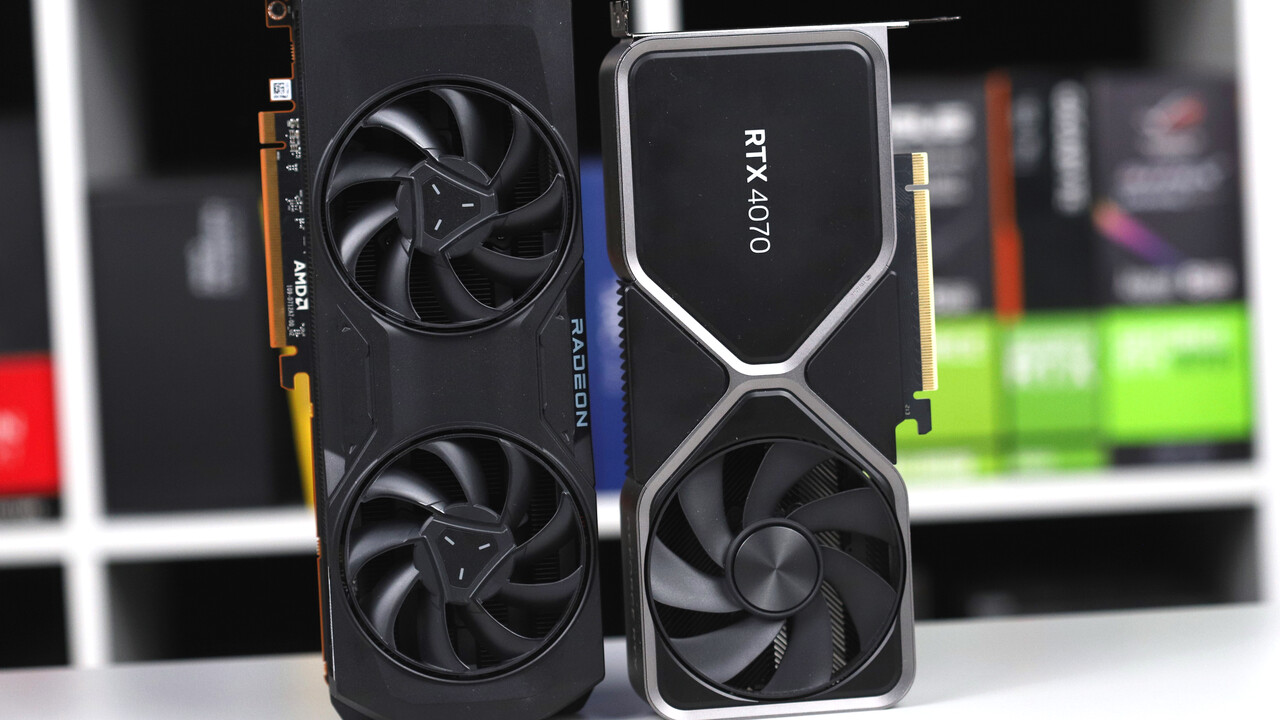Computerbase testaili DLSS3 vs FSR3 framegenerointia, ihan hyvä artikkeli.
ComputerBase vergleicht Frame-Generation-Technologien: AMDs „FSR 3“ stellt sich Nvidias „DLSS 3“ in den Disziplinen FPS und Latenz.

www.computerbase.de
Vähän omaa tiivistelmää:
- Generoitujen framejen laatu on samaa tasoa, erot johtuu skaalauksesta, ei FG:stä. DLSS tekee skaalauksessa parempaa jälkeä, mitä FSR.
- AMD hud on parempi, mutta se menee puolikkaalla frameratella, jonka joskus huomaa.
- Jopa 4070:lla FSR FG tuottaa isomman frameraten mitä DLSS FG paremmalla framepacingilla.
- Latenssit vaihtelee, ei selkeää voittajaa. Eli pelistä riippuen voitot jakautuu tai menee tasan.
- FSR3 implementaatiot vaihtelee hyvästä huonoon, DLSS on tasalaatuisempi.
Loppusummary käännettynä:
Final words
Ultimately, the question arises as to whether DLSS frame generation or FSR frame generation is currently the better technology. While this is clear with Super Resolution - here DLSS is far ahead of FSR and AMD definitely needs to make improvements there - with Frame Generation, both AMD and Nvidia's technology have advantages and disadvantages. Ultimately, both variants are equivalent, although AMD seems to have a performance advantage.
DLSS Frame Generation has the advantage of being implemented in more games, and the implementations are mostly good. FSR FG has only been around for a few titles and the integration in the first few is just bad. DLSS also has the advantage of working independently of the super-resolution algorithm. FSR 3 FG, on the other hand, scores with better compatibility: AMD's technology also works away from Radeons - but works best on Radeons.
FSR 3 FG is really fast, especially with a Radeon
FSR 3 FG has the advantage of providing a greater performance boost than DLSS. Radeon graphics cards in particular can sometimes gain significantly more FPS than GeForce hardware with DLSS, but GeForce cards also usually show a greater performance boost with FSR than with DLSS. The games tested here in the article don't all work particularly well with DLSS, but the FPS jump is usually larger with Nvidia's technology. But there are titles in which DLSS FG doesn't do much. FSR FG is apparently much more “stable” in this regard.
When it comes to latency there is no clear winner, sometimes DLSS is better, sometimes FSR is better. Both technologies effectively use mechanisms to improve input lag, but the latency with frame generation is consistently significantly worse than without the artificial images at a comparable frame rate. This is the big disadvantage of FG. Here again, Radeon GPUs with FSR FG can reduce latencies much better than GeForce models.
When it comes to image quality, there is also no winner: FSR FG and DLSS FG cannot be distinguished visually as long as the effect of super-resolution upsampling is ignored. AMD has done a much better job here than with the super resolution part, where Nvidia is way ahead with DLSS. The feel of both technologies is also the same if they are implemented well. Whether you play with DLSS FG on a GeForce or FSR FG on a Radeon doesn't make any difference in terms of feeling.
Nvidia's match winner remains DLSS Super Resolution - but not FG
With frame generation, AMD has achieved something that hardly anyone would have believed possible: creating artificially generated images without a neural network that are equivalent to DLSS FG - and often with better performance. Nevertheless, with a GeForce graphics card, DLSS FG remains the mode of choice, simply because DLSS Super Resolution looks significantly better than FSR SR. The sometimes much better frame rate of FSR FG is of little use to Radeon owners if the graphics quality is problematic due to FSR SR. AMD definitely needs to change this in order to be truly competitive with Nvidia's upsampling techniques.







